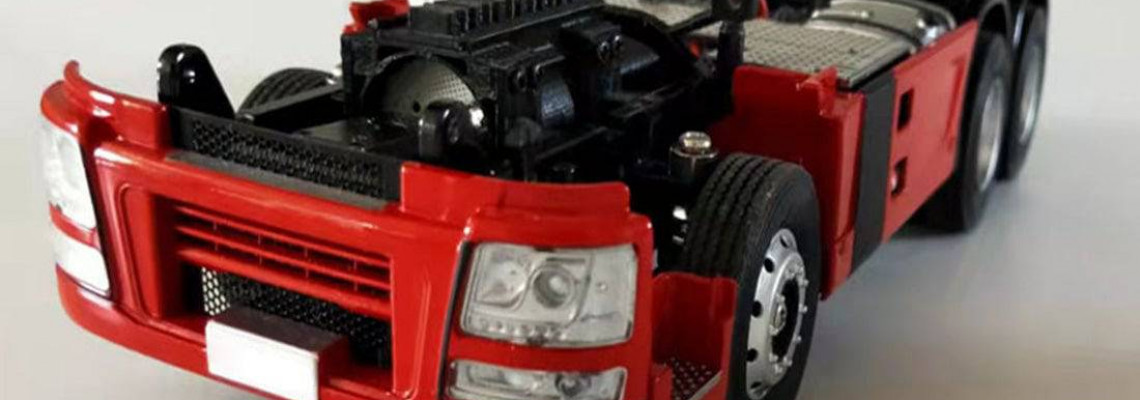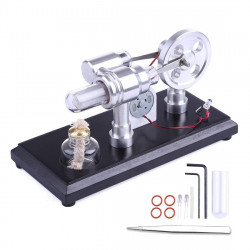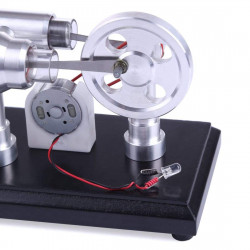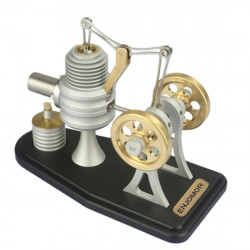
The Best Way to Charge and Storage your LiHV battery
Charging
Before connecting the battery to the charge lead, connect the charge lead to the charger. Do not remove the charge lead from the charger when the battery is plugged in. The battery's milli-ampere-hour (mAh) capacity is divided by 1000 to determine the recommended charging rate of no more than 1C. A 500mAh battery, for instance, has to be charged at 0.5A, whereas an 850mAh battery needs to be charged at 0.85A. The battery may last longer if it is charged at a rate of 1C.
Storing
Storage charge at the standard lipo setting of 3.8v for optimal results. In essence, LiHV is lipo batteries that are so well-made that each cell can withstand 4.35 volts. This indicates that each cell should be stored at 3.8 volts, which is called "storage voltage." This can be accomplished by balancing charging or discharging the battery until it achieves the proper voltage using a contemporary LiPo charger. Batteries already below 3.8 volts can also be charged to reach this level.
LiPo vs LiHV - What's the difference?
Voltage
The main distinction between LiHV and LiPo batteries is the maximum voltage. LiHV batteries can charge 4.35V, but LiPo cells can only charge 4.2V. The maximum RPM of FPV drone motors is related to the applied voltage. Higher voltage from LiHV batteries results in more thrust and quicker speeds. This can significantly benefit racing or high-performance acrobatic drones, providing more potent movements and faster reaction times.
Weight and Capacity
Compared to identical LiPo batteries, LiHV batteries often have a slightly better energy density, providing more power without appreciably increasing size or weight. This could result in more extended flying periods. Furthermore, LiHV often has a higher C rating than LiPo for batteries of the same size because of the higher voltage.
Compatibility
LiHV batteries are generally compatible with most FPV drones that use LiPo batteries, even though their maximum voltages differ. Because of this, drone pilots may easily transition to LiHV without modifying their hardware.
Charging Requirements
A charger capable of handling the higher-end voltage is necessary for charging LiHV batteries. Even if many contemporary chargers do, confirming this before trying to charge LiHV batteries is essential. Although a LiHV battery can be safely charged using LiPo settings, its full capability will not be utilized.









